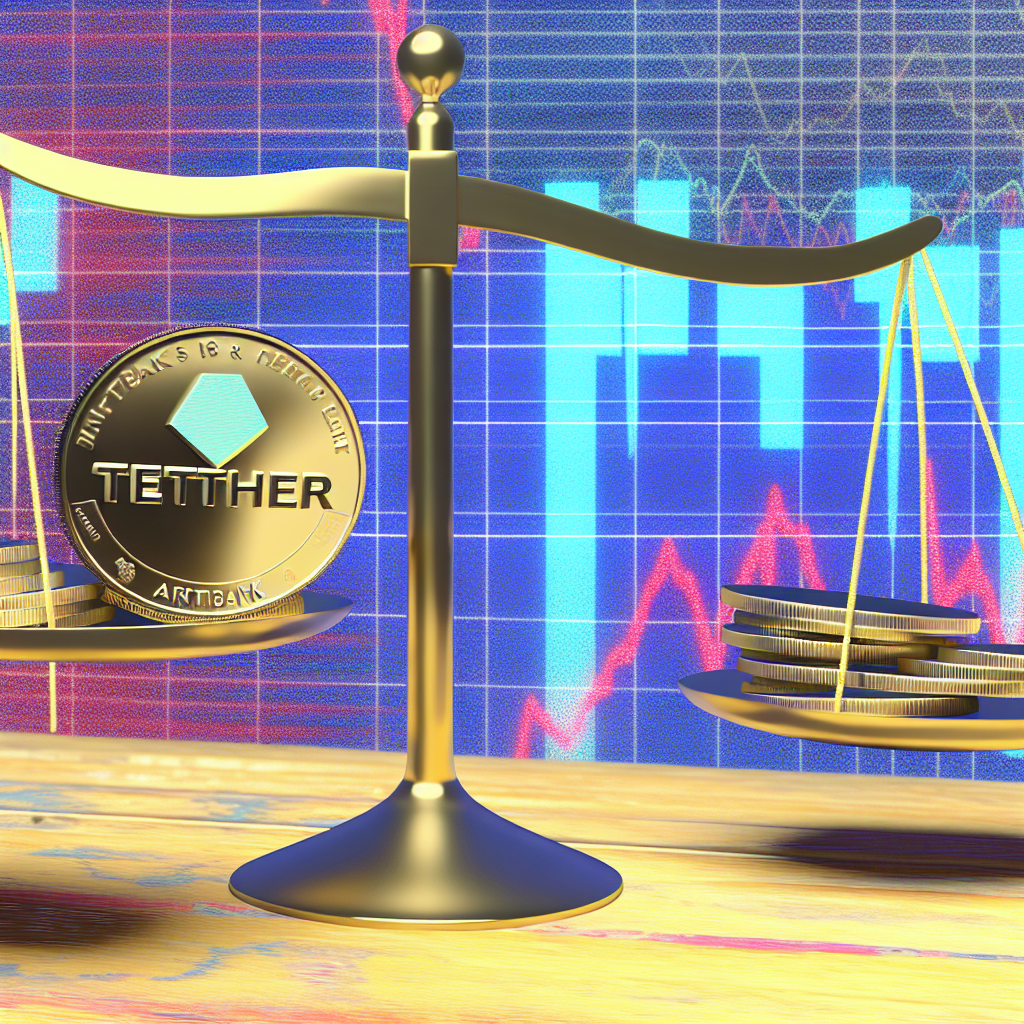At least two notable investment firms are reportedly competing to support stablecoin issuer Tether as it aims to sell about 3% of its equity — a strategy highlighting strong investor interest in one of the most profitable companies globally.
As reported by Bloomberg, venture capital powerhouses SoftBank Group and ARK Investment Management are among prospective investors looking to contribute a combined $20 billion in Tether.
If successful, as Cointelegraph noted earlier this week, this funding round could position the company’s valuation as high as $500 billion, ranking it among the world’s most valuable private entities.
In comparison, OpenAI, the creator of ChatGPT, is reportedly negotiating to raise capital at a similar $500 billion valuation.
Tether CEO Paolo Ardoino confirmed this week that the company is exploring fundraising options “from a select group of prominent key investors,” but specific names and amounts remain undisclosed.
He also suggested that Tether might diversify into new sectors, including commodities, energy, and media, as part of its broader growth strategy.
The investor interest reflects Tether’s leadership in the stablecoin market, which has transitioned from a tool for crypto traders to a strategic financial asset. In the U.S., the recently enacted GENIUS Act has further prioritized stablecoins, aiming to bolster the dollar’s standing in global finance.
Tether’s primary product, the US dollar-backed USDt (USDT), remains the world’s largest stablecoin, boasting a market capitalization of approximately $173.6 billion.
Related: US Treasury opens second round of comments on Genius Act implementation
Tether’s significant profitability and the necessity to diversify beyond interest income
Supported by extensive US Treasury holdings and an increasing Bitcoin (BTC) reserve, Tether has emerged as one of crypto’s most profitable ventures, reporting $4.9 billion in net income in Q2 2025 — a remarkable 277% leap compared to the previous year.
Tether’s fundamental business model revolves around the issuance of its USDt stablecoin. When users deposit fiat, Tether mints USDT and invests the corresponding reserves in yield-generating assets.
Most reserves are directed towards US Treasury bills, especially short-term securities like three-month and 12-month T-bills, which offer fixed interest and are seen as nearly risk-free.
The rise in short-term Treasury yields since 2022, following the US Federal Reserve’s aggressive rate hike regime, has substantially increased Tether’s earnings. With federal funds rates surpassing 5%, yields on three-month T-bills — among the most sensitive maturities — rose correspondingly, offering Tether a strong boost in interest income.
For major holders of short-duration Treasurys like Tether, this situation has resulted in unprecedented profits. High rates have enabled the company to gain significant returns on its reserves while retaining high liquidity.
However, with historical yields remaining elevated, the three-month Treasury yield now sits below earlier peaks from 2023 and 2024, possibly indicating a need for T-Bill-centric firms to reconsider their dependency on interest income.
In addition to earning from interest income, Tether has also seen revenue from secured lending, offering collateralized loans backed by its reserves — a segment that has further boosted its overall profitability.
Despite the remarkable success of its primary business model, Tether is keen on diversifying its operations. According to Ardoino, the company has begun expanding into new areas — including infrastructure and energy production, initially announced in late 2023.
In 2024, Tether made its inaugural crypto venture capital investment, dedicating funds to assist Arcanum Capital.
Related: Peso in freefall: US lifeline to Argentina met with skepticism from Bitcoiners

